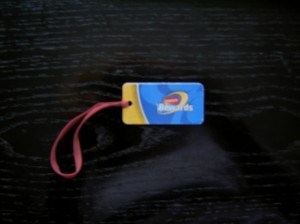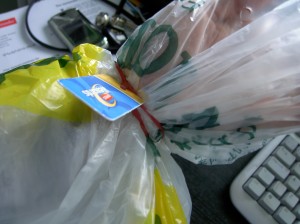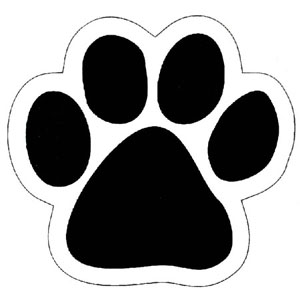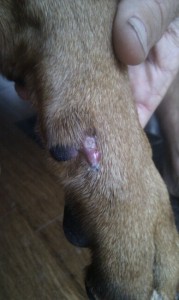Feet: With dogs, problems affecting the feet and nails are pretty common and can range from something as simple as a torn nail or be a symptom of a more general skin disease.
Common causes of foot problems are:-
1. Parsitic Problems:
Harvest Mite, Demodectic Mange, Hookworms
2. Allergic or Irritant Dermatitis:
Dogs who suffer with allergies often have symptoms of their feet and ears as well as skin problems throughout their body generally. Any chemical that is accidentally walked through may also trigger a pad irritation or dermatitis reaction.
3. Interdigital Cysts:
These swellings appear between the toes of certain breeds and can rupture, becoming infected.
4. Infections:
The skin between the toes may become infected, causing redness, itchy discomfort and pain. It might be that these infections are associated with foreign bodies such as grass seeds, glass or other objects lodged in the pads or skin. Small wounds can also become infected.
5. Nail Problems:
Sometimes a bacterial or fungal invasion can cause problems to flare up and these can often take some time to clear. A lengthy course of treatment is requently required.
6. Immune and Autoimmune System Diseases:
Some immune system problems may intially show themselves as disease of the nails or the skin (this picture was taken from a dog with SLO)
7. Overgrown or Broken Nails:
Nails that are left to overgrow or break are often the source of many a foot problem for our dogs.
8. Tumours:
Growths and tumours may appear on the feet. If the tumours are highly malignant, they may spread to underlying bone and possibly elsewhere on the body too.
SYPMPTOMS:
Lameness
Licking/Biting affected foot
Heat
Hairloss
Weeping/Discharge
DIAGNOSIS:
It is important to examine not only the foot, but also the leg and shoulder, or the rest of the dog’s skin if the problem appears to be more generalised.
It may be necessary for the dog to undergo skin scraping or biopsies for diagnosis should a parasitic cause be suspected.
X-Rays may be needed for suspected tumours, foreign bodies, fractures and problems with bone growth/maturity with puppies and adolescent dogs.
The more simple wounds and nail injuries are usually more apparent and easy to spot.
TREATMENT:
It is preferable to be able to treat the specific cause of a foot problem with shampoos and washes applied locally to the affected foot, or with tablets.
Tumours and cysts may require surgery. Foreign bodies which have managed to lodge themselves deep within tissues may also require surgical detection and removal. Some foreign bodies, particularly grass seeds, are prone to migration and may travel quite a distance from their original entry point.
N.B. Always keep foot bandages completely dry. In wet weather, covering the dressing with a plastic bag while the dog goes out to toilet may be necessary. To keep the bag in place, it’s handy to fashion some kind of makeshift toggle to wrap around the dog’s leg/bag.
This is a version I created myself when Axl had an operation on his stopper pad. It worked a treat. Because of the elastic band, it gripped allowing the tab to be passsed through the elastic and could be taken off and re-applied each time he needed to go out in wet conditions, hence keeping the dressing dry.



If shampoos/washes are prescribed, make sure they are used thoroughly. Ensure that the product reaches all the affected areas between the toes and that the contact time is followed as per the instructions.
Excessive licking and chewing should be avoided and it may be necessary for the dog to wear a Buster/Elizabethan collar to keep him from the problem area.
Remember, some foot problems can require lengthy courses of treatment and may need to be continued for quite some time even after the problem appears to have cleared up.


